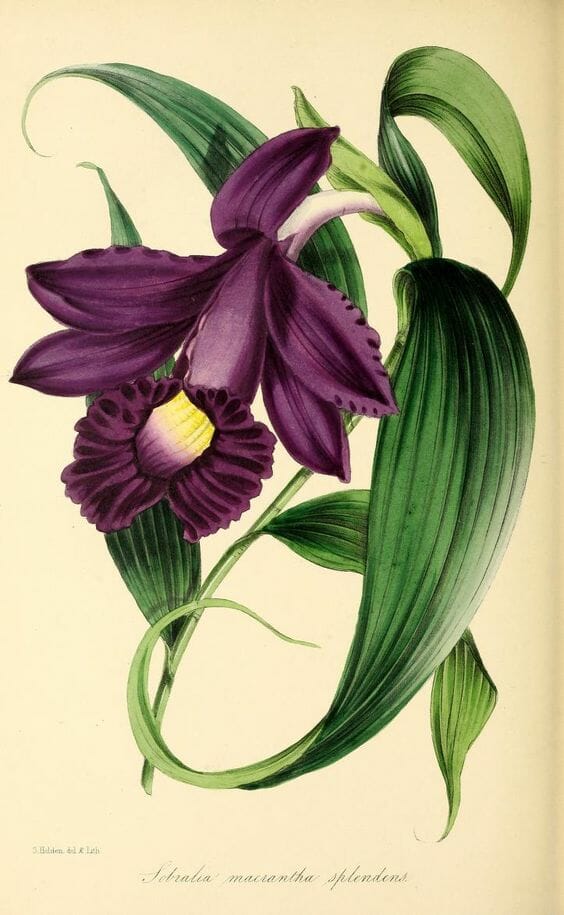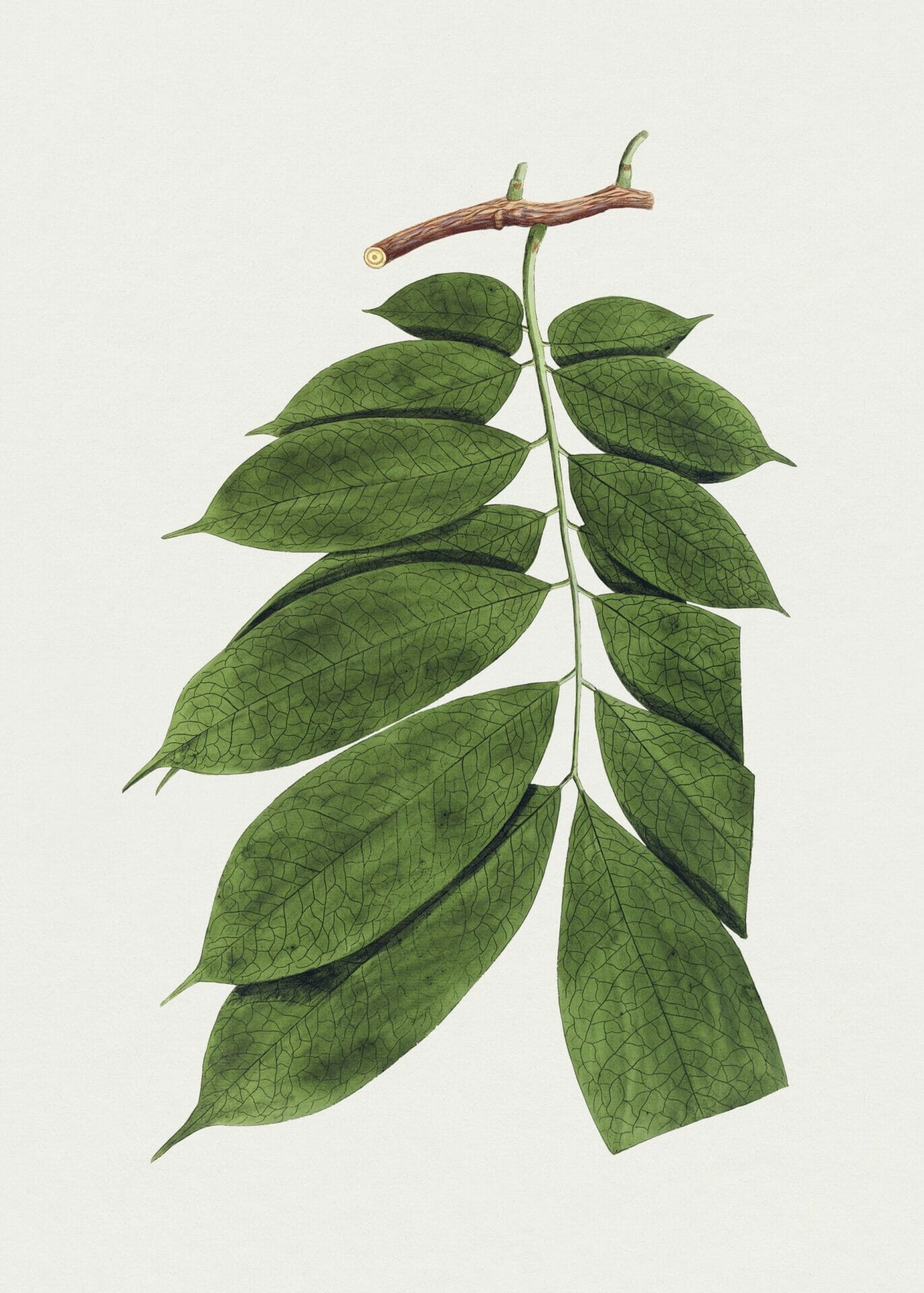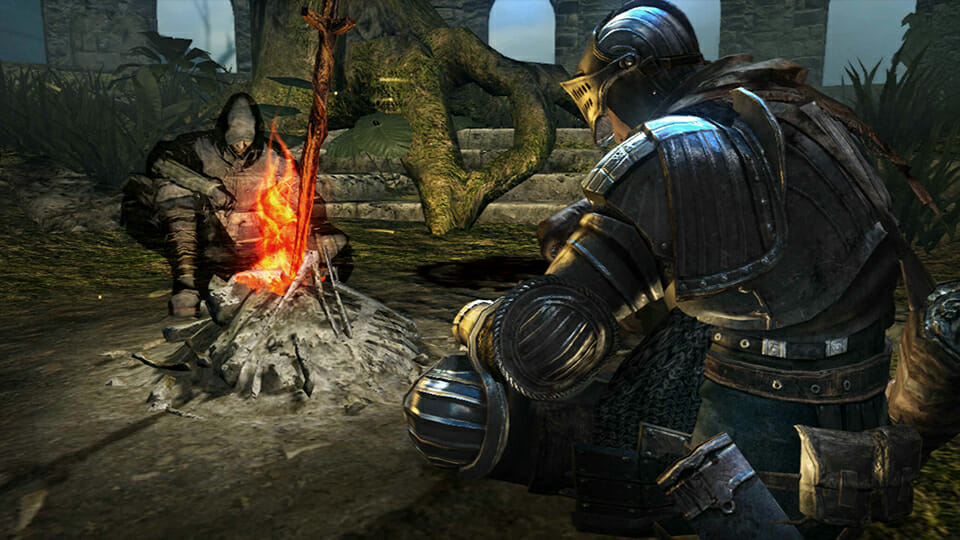
Ode to Psyche | John Keats’ tribute to the soul goddess
Author
Year
Format
As an enthusiast and devotee of man’s inner world, of his physiological and psychological sanctum of the self, John Keats could not help but choose Psyche as the subject of his first great composition. Ode to Psyche is the first of the five odes he wrote during the spring of 1819. Together with On a Grecian Urn, On Indolence, On Melancholy, and To a Nightingale, it built up Keats’ fame as a poet. Psyche, whose name means life or spirit in ancient Greek, is Keats’ first muse, and the Ode is his personal tribute. Her figure had passed through the arts in the previous centuries with great success. But, from Pieter Paul Rubens’ Psyche and Sleeping Love to Antonio Canova’s Love and Psyche, baroque and neoclassical artists had focused on her only to the extent that she was paired with Cupid. Differently, Keats’s poetic elaboration, far from being a variation on the theme, concentrates on the female figure, making an allegory out of her.

The myth of Psyche
The myth of Psyche was first narrated in the second century by Apuleius, in his Metamorphosis or The Golden Ass. Apuleius’ Psyche is the mortal girl Cupid fell in love with when he failed in the task of punishing her. In fact, as the girl’s beauty was claimed to be equal to Venus’, the goddess was offended, and ordered his son, Cupid, to make Psyche fall in love with the worst man on earth. But his aim fell short, he hit himself with his own arrow, and his relationship with Psyche began. Later in the story, Psyche loses Eros and passes some trials to reconquer his love. In the end, Zeus will grant Psyche immortality, so that the two lovers shall never be apart.
This is the reason why Keats addresses her as the latest divinity of Olympus. Psyche does not belong to the pantheon of classical gods. She gained the state of a goddess only later, and that is when she earned it with her suffering. Because of this, in Keats’ Ode, Psyche is said to have no choirs, no altars, and no temples dedicated to her worship. She has become immortal in a modern time when the golden age of Olympus was already over.
O latest born and loveliest vision far
Of all Olympus’ faded hierarchy!
Fairer than Phoebe’s sapphire-region’d star,
Or Vesper, amorous glow-worm of the sky;
Fairer than these, though temple thou hast none,
Nor altar heap’d with flowers;
The temple of the mind
It is at this point that the figure of the poet intervenes directly. He wishes to compensate for the lack of devotion to this goddess with his poetic art. Keats proclaims himself the priest of the only goddess left to shine on the ruins of Olympus. He proposes, with this Ode, to create a temple for Psyche in his mind. The solution to the unfair treatment of Psyche, the belate divinity, is the individual veneration of the poet.
Yes, I will be thy priest, and build a fane
In some untrodden region of my mind,
[…]
A rosy sanctuary will I dress
With the wreath’d trellis of a working brain
Psyche is painted as the very divinity of modernity. She is the emblem of distance from the ancients, of the loss of direct contact with the sacred. At the same time, she represents the possibility of reconnecting with the divine in the aridity of the modern era. In the classical world, the sacredness of things was as evident as their very existence. In contrast, Psyche’s era is a time of separation. Metaphors aside, this means that the only gateway to the sacred for modern man is to worship the soul. Cultivating it means having access to the divine that seemed to be irreparably out of reach.
The vale of Soul-making
Keats’ elaboration of this myth is very personal and fecund. His Psyche, in addition to starting a fundamental evolution of his poetic style, will become the symbol of his cultural project. With Ode to Psyche, in fact, he proposes the cult of the soul as his purpose in life. His letter to George and Georgiana Keats (his brother and sister-in-law) dated 3 May 1819, documents the evolution of this awareness. The letter makes explicit the continuity between philosophy and art since it presents both the elaboration of this concept and a drafting of the Ode. In this letter, Keats attributes a positive meaning to human suffering: pain constitutes the means through which the soul is generated. Without affliction, Intelligence would remain sterile, and men would never build their own Identity. That’s what he means when he defines the world as the vale of Soul-making.
In his words, the world would be the elemental space where every human being would gain immortality and their personal bliss – just as Psyche did – through the experience of ache. Suffering would educate intelligence toward the creation of the soul. This theory would be a new system of salvation, a satisfying alternative to the irrational Christian thesis.
Since it is explained that the cult of Psyche coincides with the cult of the soul, the figure of Love takes on an allegorical meaning too. The hoped-for arrival of winged Love at the end of the Ode might refer to achieving that personal bliss to which the soul would lead.
And there shall be for thee all soft delight
That shadowy thought can win,
A bright torch, and a casement ope at night,
To let the warm Love in!
Tag
Buy a ☕ for Hypercritic










